A map I recently saw showed that the northern latitudes of the continental United States gain an average of 100 minutes of daylight over the course of the month of March. That statistic begs the question: what are you going to do with that extra hour and a half of daylight each day? Of course, if you’re reading this, chances are you’ll spend a good portion of that time in the garden, so here are a few ways to use the added daylight this month.
First, it’s time to fertilize. Berries, perennials, shrubs, your lawn—just about everything around your yard could benefit from fertilizing as it begins to wake up and grow again. If you grow berries, this month is a great time to feed with an organic plant food like Espoma Berry-Tone, available at Vander Giessen’s. Apply a second dose of fertilizer in late spring, typically two months after the first feeding.
For most shrubs and perennials around my yard, I like to feed with a slow-release fertilizer that will provide consistent feeding over a long period. Slow-release plant foods—we prefer Jack’s Classicote for consistent feeding and high-quality ingredients—require less work than water-soluble fertilizers since one dose lasts three to four months, getting your plants through most of the growing season.
While Classicote is good for most plants, I recommend feeding all acid-loving plants with an acid-based fertilizer like Espoma Azalea-Tone. Shrubs like azaleas, rhododendrons, camellias and pieris all like acidic plant food, so feed them separately with a different fertilizer than the rest of your plants.
Next, it’s time to feed your lawn. If you like “weed and feed” fertilizer, hold off on applying it until your second feeding in May since the weed killer used in that type of fertilizer typically isn’t effective in cool spring temperatures. Rather, feed your lawn with Scotts Turf Builder with Moss Control, an excellent early-spring lawn food that has a great blend of nutrients to wake up a winter-weary yard. As step three of my recommended 3-step moss control program (last month I wrote about applying moss killer and lime, the first two steps to eradicate lawn moss), a dose of lawn food in March will get your lawn growing and thickening up again after a cold, wet winter.
After you’ve fed your plants and your lawn, it’s time to start planting again! Early spring is the perfect time to begin planting shrubs, trees, and many perennials, and at Vander Giessen Nursery, we’re stocking up on a huge selection of spring inventory to meet your needs. Whether it’s an early-blooming dwarf forsythia like ‘Show Off Starlet,’ a compact reblooming lilac like ‘Bloomerang Dark Purple,’ or one of the many exciting newer varieties of nandina with colorful foliage (‘Twilight’, pictured above, is one of my favorite new kids on the block), there are so many great plants to look forward to enjoying in the garden for years to come.
In addition to the many decorative plants available this time of year, early spring is the best time of the year to shop for both berries and fruit trees, with excellent selection at the nursery and perfect transplanting weather. If you were a new gardener at the outset of covid lockdowns two years ago, you likely discovered the satisfaction of growing some of your own vegetables and herbs, but maybe it’s time to take it to the next level by planting something more permanent like easy-to-grow blueberries, a row of raspberries, or maybe even some fruit trees. Unlike last year’s tomato plants, fruiting shrubs and trees provide years of abundant harvests and can add structure and interest to your garden.
Spring is such a fun time, and with an extra hour and a half of daylight to enjoy by the end of March, it’s hard not to want to spend at least some of that time outdoors. After all, a little vitamin D, fresh air, and dirt under the fingernails does a body good!


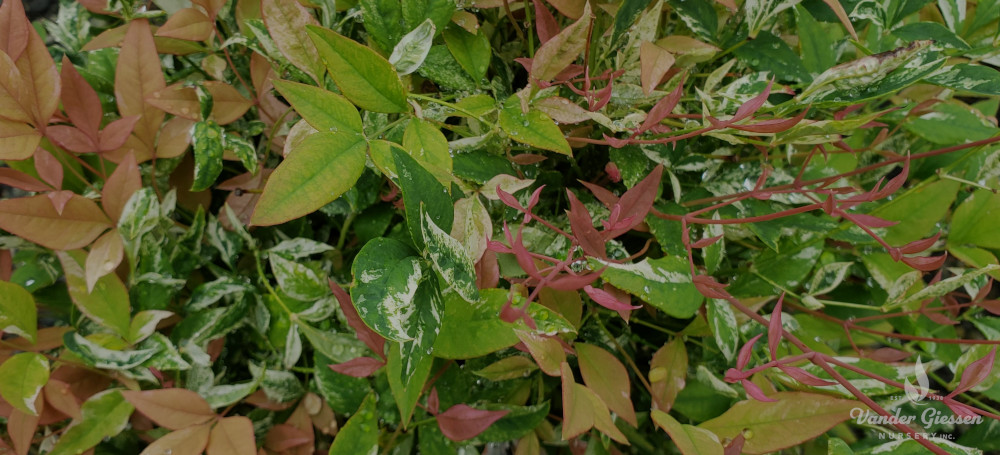

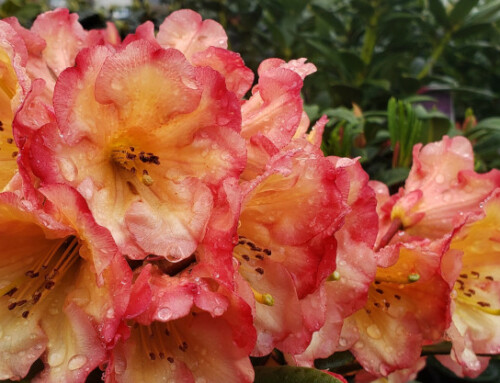
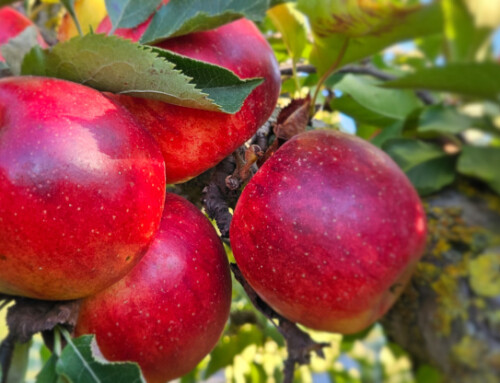
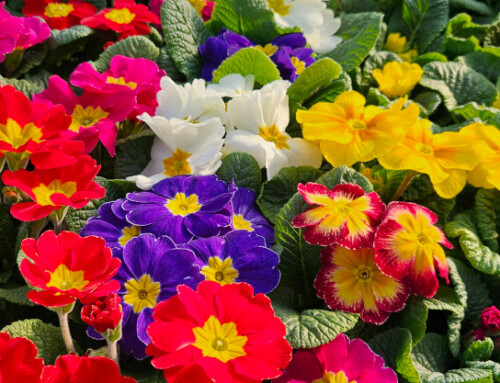
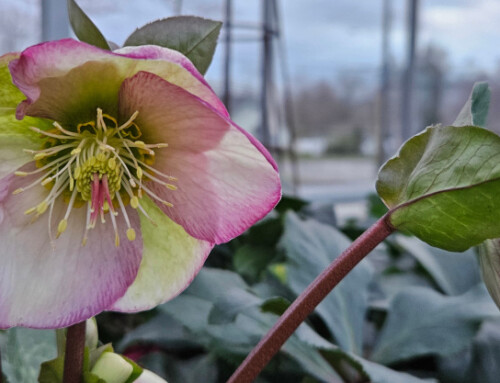
Leave A Comment